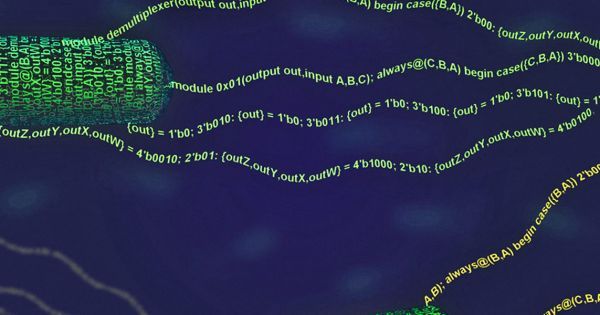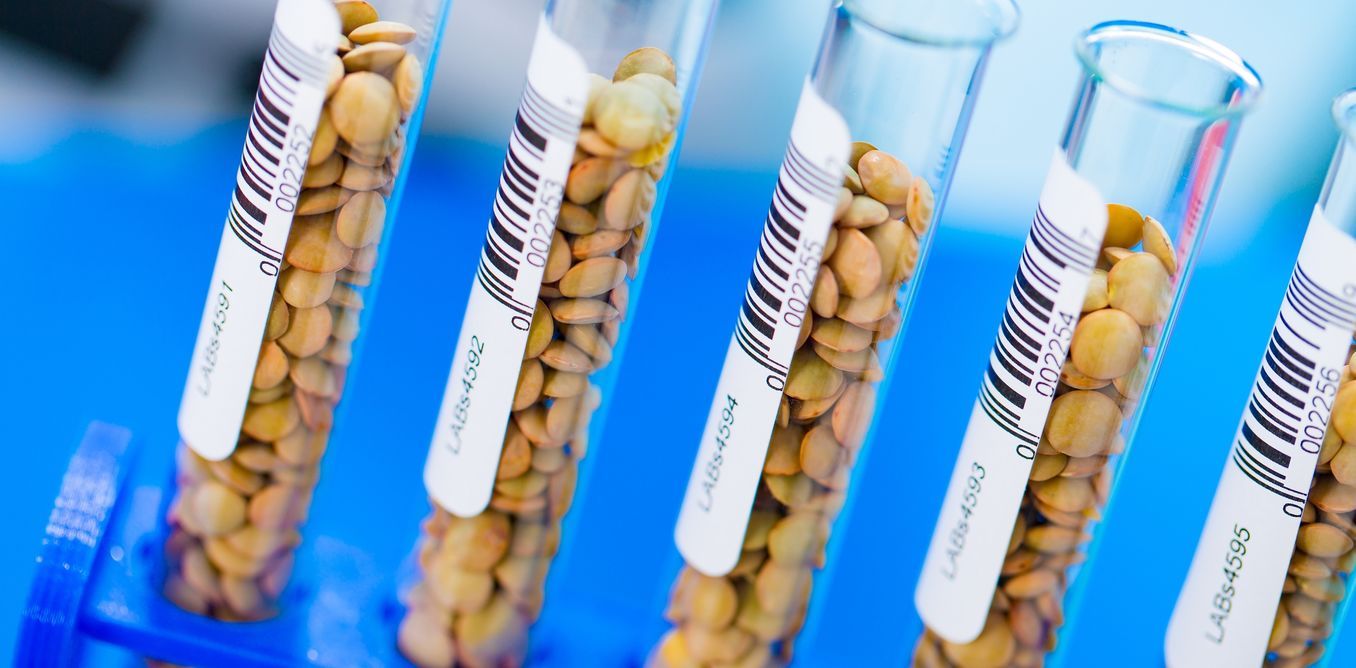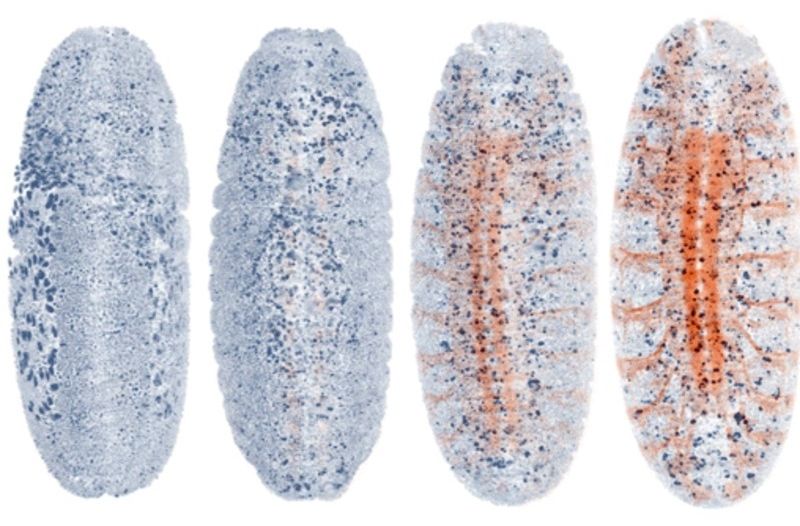Nov 14, 2016
We’ve Figured Out How to Program Living Cells
Posted by Elmar Arunov in categories: bioengineering, biotech/medical, evolution, genetics
In Brief:
Researchers at MIT have developed an easy-to-use “biological programming language” that allows genetic engineers (or just about anyone) to design biological circuits and “hack” the genomes of living cells.
The evolution of human technology has proceeded in lockstep with the biological evolution of our species. For millions of years we were content with our primitive Oldowan choppers and Acheulean bifaces; in the Neolithic, we started playing with more sophisticated tools, and the Bronze and Iron ages followed in quick succession.
Continue reading “We’ve Figured Out How to Program Living Cells” »


















